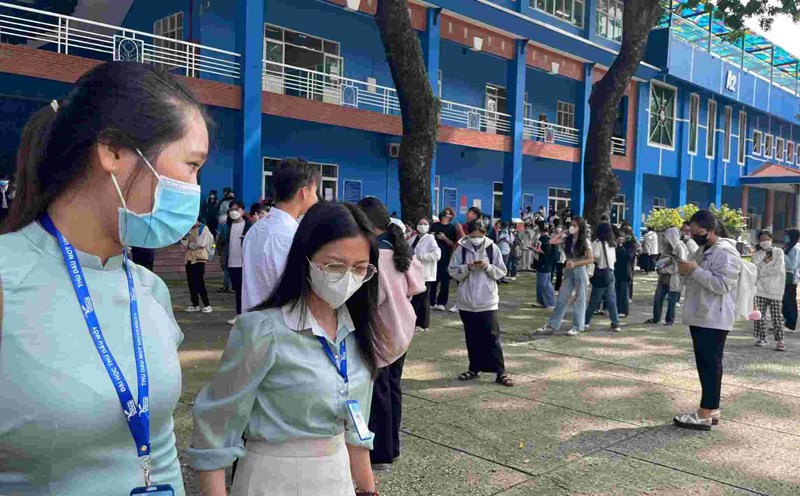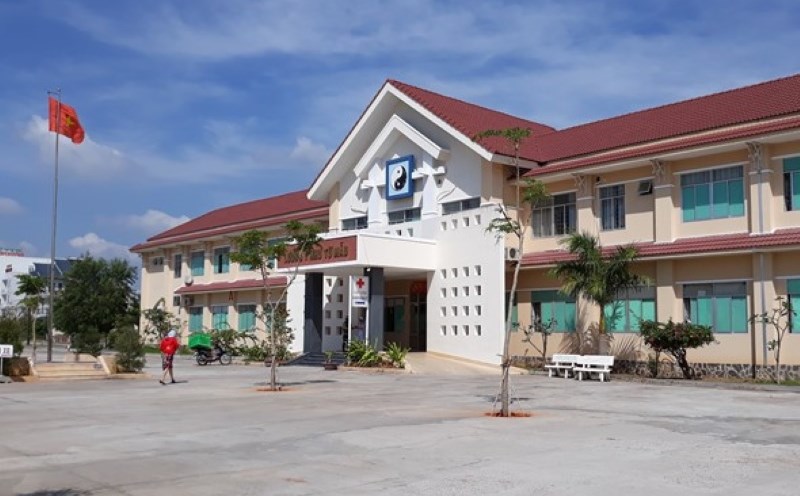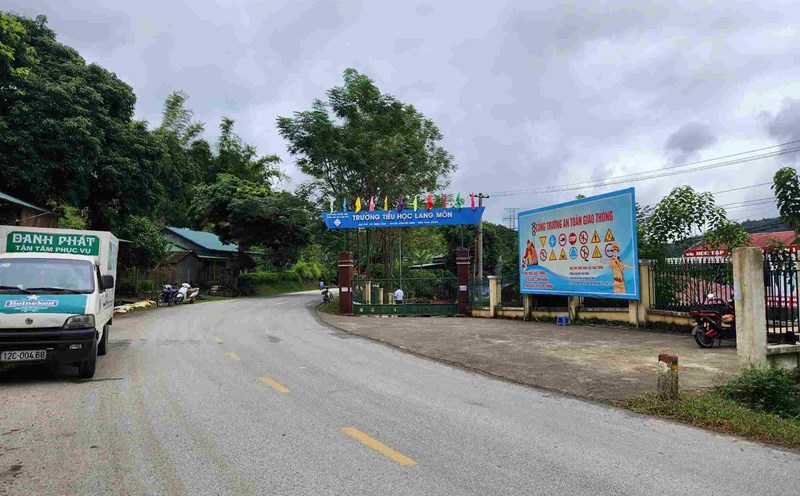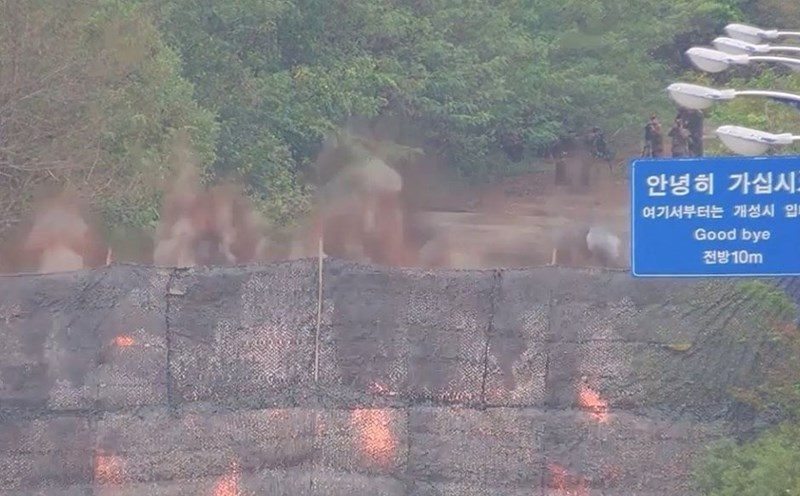Ms. NTH (59 years old, Dong Thap province) has been diagnosed with kidney stones for more than 20 years. Before undergoing laparoscopic surgery, Ms. H. said that this whole year she had continued to have very uncomfortable pain on both sides of her back. Having suffered from kidney stones for a long time and undergoing 2 open surgeries to remove kidney stones locally, Ms. H. suspected the pain was due to recurring kidney stones . A month ago, the patient had severe pain. The local hospital diagnosed that Mrs. H. had kidney stones on both sides, both grade 1 hydronephrosis. Mrs. H. decided to go to Binh Dan Hospital in Ho Chi Minh City. with the hope of finding a way to quickly relieve the pain and reduce the risk of recurrence.
At Binh Dan Hospital, Ms. H. said she had pain in her back and hips on both sides, and the pain increased when pressed. Ultrasound results showed that the right kidney had grade 1 hydronephrosis. Combined with non-contrast abdominal X-ray and CT-scan, both kidneys had complex stones in many calyces. Each kidney has about 4-5 stones, the largest stone size is about 14x20x20mm.
Mrs. H. has a history of hypertension, diabetes and has undergone a total of 5 abdominal surgeries to treat many different diseases. Assessing this as a complicated stone case, with the expectation that removing the stone would be very difficult because of the scarring in the back and hip area after many previous surgical interventions, the doctors of Urology Department B consulted to find a solution. The best surgery for the patient.
Associate Professor, PhD. Nguyen Phuc Cam Hoang - Deputy Director of Binh Dan Hospital, Ho Chi Minh City, decided to perform right kidney stone lithotripsy combined with two ways: retrograde endoscopy and percutaneous endoscopy (ECIRS).
This method is reported to have a higher stone clearance rate after just one surgery when compared to single percutaneous endoscopic or retrograde lithotripsy techniques, thanks to increased ability to access stones in the renal calyces, Difficult location within direct vision, less blood loss and reduced risk of renal calyx damage.
According to an overview report just published in 2020, the stone-free rate of the ECIRS method is generally over 80%, ranging from 61% to 97%. The highest stone clearance rate was recorded in patients with small stone sizes. In particular, the ECIRS method is recognized worldwide to help reduce the risk of complications before, during, and after surgery by minimizing the number of tunnels through the skin into the kidney. The surgeon only needs to create one tunnel. only through the skin to dissolve stones.











